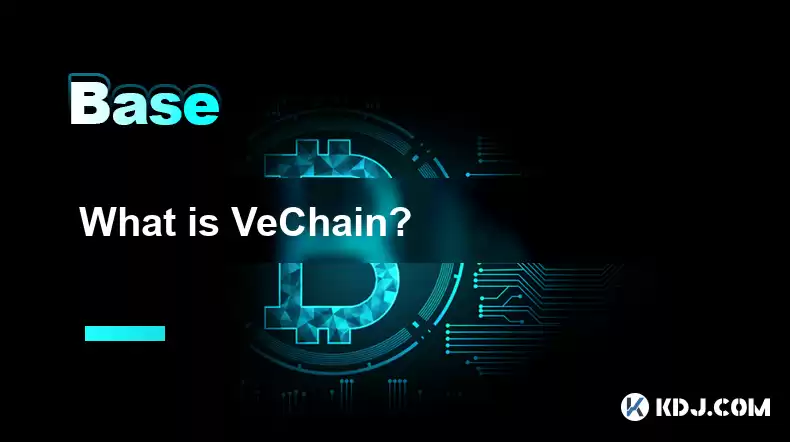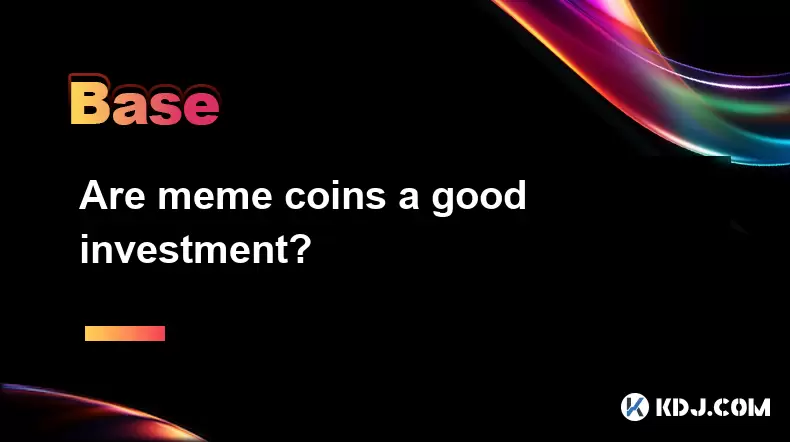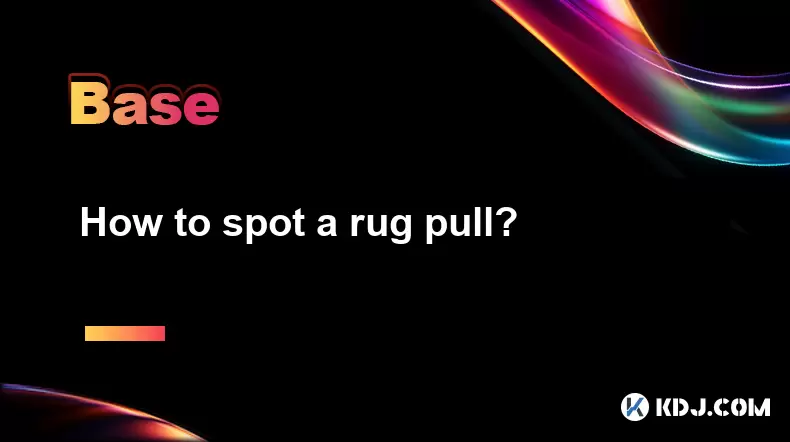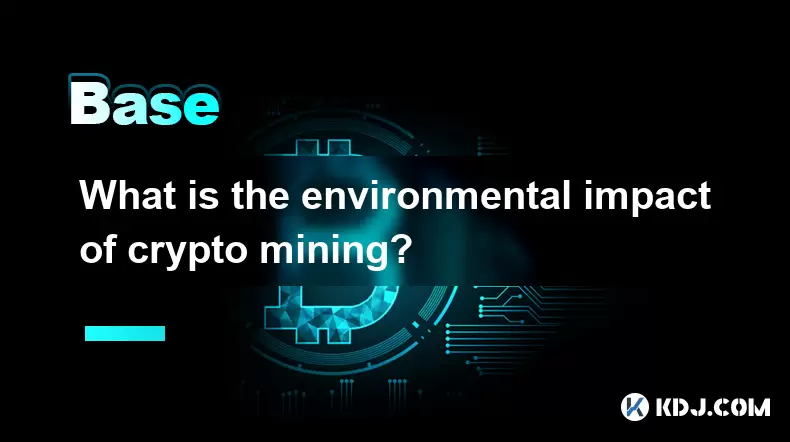-
 Bitcoin
Bitcoin $116700
0.24% -
 Ethereum
Ethereum $3973
4.34% -
 XRP
XRP $3.283
7.68% -
 Tether USDt
Tether USDt $1.000
0.01% -
 BNB
BNB $789.8
2.27% -
 Solana
Solana $176.2
3.31% -
 USDC
USDC $0.9999
0.00% -
 Dogecoin
Dogecoin $0.2238
5.14% -
 TRON
TRON $0.3389
-0.51% -
 Cardano
Cardano $0.7907
4.03% -
 Stellar
Stellar $0.4527
10.02% -
 Hyperliquid
Hyperliquid $41.07
4.27% -
 Sui
Sui $3.794
1.77% -
 Chainlink
Chainlink $19.49
10.40% -
 Bitcoin Cash
Bitcoin Cash $580.9
0.74% -
 Hedera
Hedera $0.2617
4.32% -
 Avalanche
Avalanche $23.41
3.67% -
 Ethena USDe
Ethena USDe $1.001
-0.03% -
 Litecoin
Litecoin $122.4
1.38% -
 Toncoin
Toncoin $3.364
1.49% -
 UNUS SED LEO
UNUS SED LEO $8.988
0.37% -
 Shiba Inu
Shiba Inu $0.00001295
2.82% -
 Uniswap
Uniswap $10.62
5.75% -
 Polkadot
Polkadot $3.922
4.46% -
 Dai
Dai $1.000
0.01% -
 Bitget Token
Bitget Token $4.494
2.15% -
 Monero
Monero $268.0
-1.30% -
 Cronos
Cronos $0.1523
3.68% -
 Pepe
Pepe $0.00001127
4.43% -
 Aave
Aave $285.4
4.85%
What is VeChain?
VeChain is a public blockchain prioritizing real-world applications, particularly supply chain management. Its two-token system (VET & VTHO) and Proof-of-Authority consensus mechanism ensure scalability and efficiency, fostering a robust ecosystem of enterprise partners.
Mar 16, 2025 at 02:40 am

Key Points:
- VeChain is a public blockchain platform focusing on supply chain management and real-world applications.
- It utilizes a two-token system: VET and VTHO. VET is used for staking and governance, while VTHO fuels transactions on the network.
- VeChain's architecture emphasizes scalability and efficiency, employing a Proof-of-Authority (PoA) consensus mechanism.
- The platform boasts a robust ecosystem of partners and enterprises leveraging its technology for traceability and authenticity.
- Understanding VeChain requires knowledge of its tokenomics, technology, and real-world applications.
What is VeChain?
VeChain is a layer-1 public blockchain platform designed to enhance supply chain management and business processes through blockchain technology. Unlike many cryptocurrencies focused primarily on financial transactions, VeChain prioritizes real-world applications. Its goal is to provide a secure, transparent, and efficient system for tracking and verifying products throughout their lifecycle, from origin to consumer. This makes it a prominent player in the burgeoning field of blockchain-based supply chain solutions.
VeChain's Two-Token System: VET and VTHO
VeChain employs a dual-token system: VET and VTHO. VET (VeChain Token) serves as the primary token. Holding VET allows users to participate in governance decisions, stake their tokens to secure the network, and receive VTHO as rewards. VTHO (VeThor Token) is the energy token required to execute transactions on the VeChainThor blockchain. Essentially, VTHO is consumed to pay for the computational resources needed to process transactions. This two-token system aims to balance the needs of scalability and network security.
Understanding VeChain's Architecture
VeChain utilizes a Proof-of-Authority (PoA) consensus mechanism. Unlike Proof-of-Work (PoW) used by Bitcoin, PoA relies on a select group of trusted nodes to validate transactions. This significantly reduces energy consumption and increases transaction speeds compared to PoW systems. The selection of these authority nodes is crucial for the security and stability of the VeChainThor blockchain. This architectural choice contributes to VeChain's focus on real-world applications demanding speed and efficiency.
VeChain's Ecosystem and Partnerships
VeChain has cultivated a substantial ecosystem of partners and enterprises across various industries. These partnerships are critical to its success, demonstrating the platform's real-world applicability. Many companies leverage VeChain's technology to improve traceability, enhance product authenticity, and combat counterfeiting. This broad adoption distinguishes VeChain from many other blockchain projects that remain largely theoretical. The partnerships represent a tangible demonstration of VeChain's practical value.
How to Use VeChain
Using VeChain involves interacting with its ecosystem through various means. One primary method is through using VeChainThor's wallet. This allows users to store VET and VTHO, send and receive tokens, and participate in governance. Many third-party applications and platforms are also integrated with VeChain, offering specific functionalities related to supply chain management or other use cases.
- Step 1: Acquire VET: Purchase VET from cryptocurrency exchanges that list it.
- Step 2: Choose a Wallet: Select a compatible wallet to store your VET and VTHO.
- Step 3: Stake VET (Optional): Stake your VET to earn VTHO rewards and participate in governance.
- Step 4: Use VTHO for Transactions: Use VTHO to pay transaction fees on the VeChainThor blockchain.
- Step 5: Interact with DApps: Explore and utilize decentralized applications (dApps) built on the VeChainThor blockchain.
VeChain's Scalability and Efficiency
VeChain's architecture is designed for scalability and efficiency. The PoA consensus mechanism contributes significantly to this, ensuring faster transaction processing and lower energy consumption than PoW systems. The two-token system also plays a role, allowing for a more efficient allocation of resources. This focus on scalability and efficiency is a key differentiator for VeChain, enabling it to handle large-scale real-world applications.
VeChain's Role in Supply Chain Management
VeChain's primary focus is on revolutionizing supply chain management. By leveraging blockchain's inherent properties of immutability and transparency, VeChain allows businesses to track products throughout their entire journey, enhancing traceability and reducing the risk of counterfeiting. This provides greater accountability and trust within the supply chain, benefiting both businesses and consumers.
VeChain's Security Features
Security is a crucial aspect of VeChain's design. The PoA consensus mechanism, along with other security protocols, aims to protect the network from malicious attacks and ensure the integrity of data. The decentralized nature of the blockchain further enhances security by preventing single points of failure. This robust security infrastructure is essential for building trust and ensuring the reliability of VeChain's applications.
The Future of VeChain
VeChain's future is intrinsically linked to its continued adoption by enterprises and the development of innovative applications on its platform. The success of its partnerships and the expansion of its ecosystem will be crucial factors in determining its long-term growth and impact on the blockchain space. Further technological advancements and improvements to its platform will also play a significant role.
Frequently Asked Questions:
Q: What is the difference between VET and VTHO?
A: VET is the main token used for governance and staking, while VTHO is the energy token used to pay for transactions on the VeChainThor blockchain.
Q: How secure is the VeChain network?
A: VeChain utilizes a Proof-of-Authority consensus mechanism and other security protocols to protect the network from attacks and ensure data integrity.
Q: How can I buy VET?
A: VET can be purchased from various cryptocurrency exchanges that list it. Always research and choose reputable exchanges.
Q: What are the real-world applications of VeChain?
A: VeChain is primarily used for supply chain management, providing solutions for traceability, authenticity verification, and anti-counterfeiting measures.
Q: Is VeChain environmentally friendly?
A: Yes, VeChain's Proof-of-Authority consensus mechanism is significantly more energy-efficient than Proof-of-Work systems like Bitcoin.
Q: What is the potential of VeChain?
A: VeChain's potential lies in its continued adoption by businesses and the development of innovative applications on its platform, leading to wider use in various industries.
Disclaimer:info@kdj.com
The information provided is not trading advice. kdj.com does not assume any responsibility for any investments made based on the information provided in this article. Cryptocurrencies are highly volatile and it is highly recommended that you invest with caution after thorough research!
If you believe that the content used on this website infringes your copyright, please contact us immediately (info@kdj.com) and we will delete it promptly.
- Bitcoin, Litecoin, and Avalanche: Decoding the Crypto Buzz in the Big Apple
- 2025-08-09 00:30:12
- Pengu Takes Flight: Can This Solana Meme Coin Conquer the Top 3?
- 2025-08-09 00:50:13
- Ethereum and Shiba Inu: Navigating the Bull Move
- 2025-08-09 00:35:12
- Navigating the Crypto Market in 2025: Smart Decisions for Meme Coin Investing
- 2025-08-09 00:55:55
- Punisher Coin: The Altcoin Ready to Punish Your Portfolio with Gains?
- 2025-08-08 22:50:16
- Mutuum Finance, Bitcoin Whales, and Binance: Decoding the Crypto Currents
- 2025-08-08 22:30:11
Related knowledge

Can you reuse a crypto wallet address?
Aug 08,2025 at 03:49pm
Understanding Wallet Addresses in CryptocurrencyA crypto wallet address is a unique identifier used to send and receive digital assets on a blockchain...

Are meme coins a good investment?
Aug 08,2025 at 11:36pm
Understanding Meme Coins and Their OriginsMeme coins are a category of cryptocurrencies that originated from internet humor or viral trends rather tha...

How are flash loans used?
Aug 08,2025 at 01:08pm
Understanding Flash Loans in Decentralized FinanceFlash loans are a unique innovation within the decentralized finance (DeFi) ecosystem, allowing user...

How to spot a rug pull?
Aug 08,2025 at 11:21pm
Understanding the Concept of a Rug PullA rug pull is a type of scam prevalent in the decentralized finance (DeFi) and cryptocurrency space where devel...

What is the environmental impact of crypto mining?
Aug 09,2025 at 12:28am
Energy Consumption of Cryptocurrency MiningThe environmental impact of crypto mining begins with its substantial energy consumption, primarily driven ...

What are common crypto trading strategies?
Aug 08,2025 at 12:42pm
Understanding Trend Following in Crypto TradingTrend following is one of the most widely adopted crypto trading strategies due to its simplicity and a...

Can you reuse a crypto wallet address?
Aug 08,2025 at 03:49pm
Understanding Wallet Addresses in CryptocurrencyA crypto wallet address is a unique identifier used to send and receive digital assets on a blockchain...

Are meme coins a good investment?
Aug 08,2025 at 11:36pm
Understanding Meme Coins and Their OriginsMeme coins are a category of cryptocurrencies that originated from internet humor or viral trends rather tha...

How are flash loans used?
Aug 08,2025 at 01:08pm
Understanding Flash Loans in Decentralized FinanceFlash loans are a unique innovation within the decentralized finance (DeFi) ecosystem, allowing user...

How to spot a rug pull?
Aug 08,2025 at 11:21pm
Understanding the Concept of a Rug PullA rug pull is a type of scam prevalent in the decentralized finance (DeFi) and cryptocurrency space where devel...

What is the environmental impact of crypto mining?
Aug 09,2025 at 12:28am
Energy Consumption of Cryptocurrency MiningThe environmental impact of crypto mining begins with its substantial energy consumption, primarily driven ...

What are common crypto trading strategies?
Aug 08,2025 at 12:42pm
Understanding Trend Following in Crypto TradingTrend following is one of the most widely adopted crypto trading strategies due to its simplicity and a...
See all articles

























































































